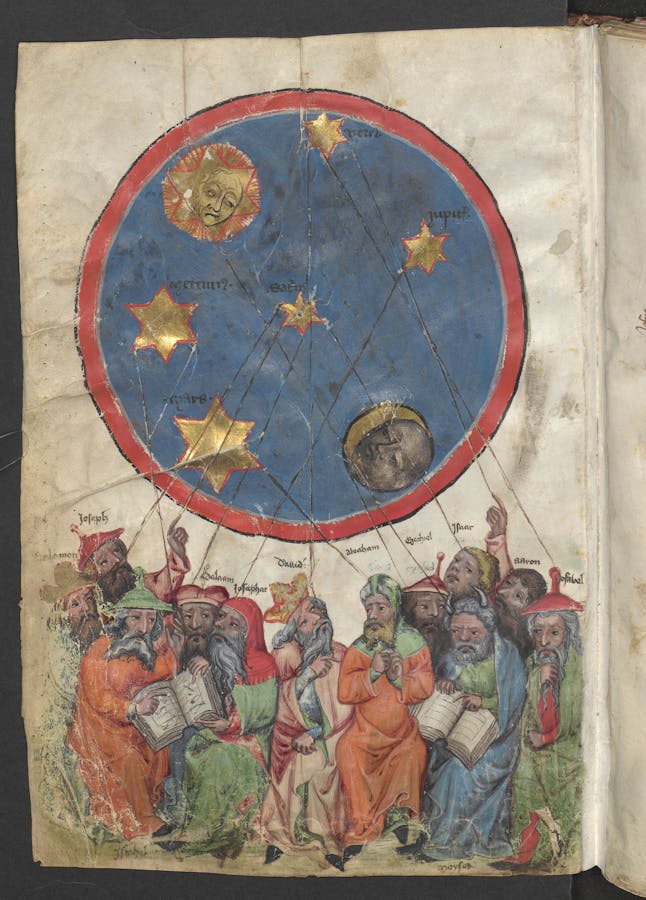
Biblical figures, such as Solomon, Joseph, King David, Abraham, and Moses, depicted traditionally with horns, study the stars. Images of Moses with horns come from a reading of Exodus 24:29 that relies on the literal translation of the Hebrew as “horns” instead of “rays of light.”
Planetenhimmel
Losbuch (mhd.)
Mittelrhein/Hessen (Limburg a. d. Lahn?),
um 1370
Cod. Ser. n. 2652, fol. 2v, Losbuch/Austrian National Library
The seventeenth century saw the rise of new approaches to science. Towering figures such as Galileo Galilei, Johannes Kepler, Robert Boyle, and Isaac Newton yielded astonishing insights into the laws and processes of nature. While some of their pursuits might seem unusual today, they provided a foundation for how science should be done.
For some of these figures, the mathematical elegance of the universe gave evidence for God’s existence, goodness, and reason. The Bible speaks of God numbering the stars (Psalm 147:4), measuring the foundations of the earth (Job 38:4–5), and arranging all things by measure and weight (Wisdom 11:20). Some scientists today continue to believe the amazing correspondence between mathematics and nature reflects the mind of this rational creator.
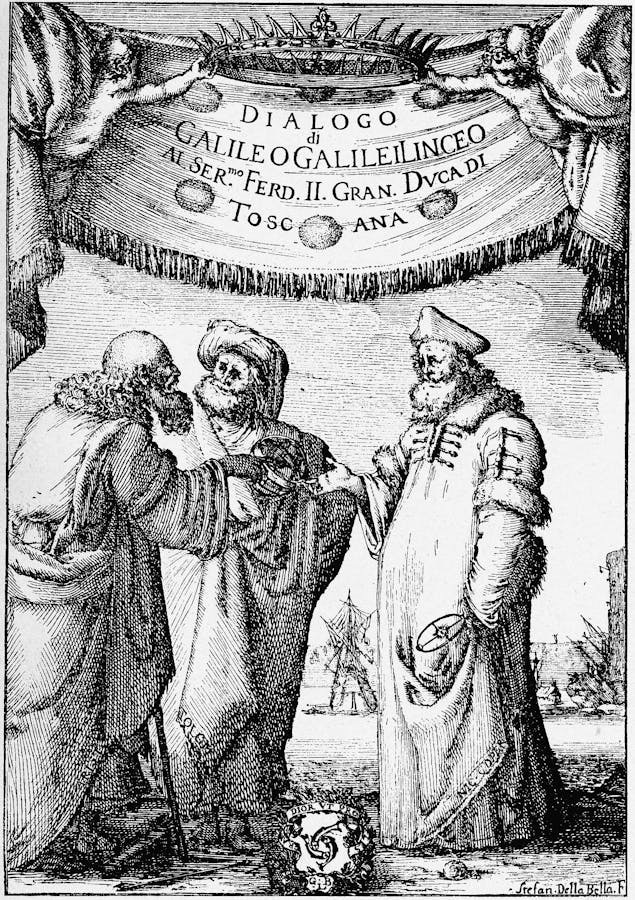
This frontispiece to Dialogue Concerning the Two Chief World Systems by Galileo Galilei depicts Aristotle, Ptolemy, and Copernicus debating the motions of the heavens.
Giovanni Battista Landini, Public domain, via Wikimedia Commons
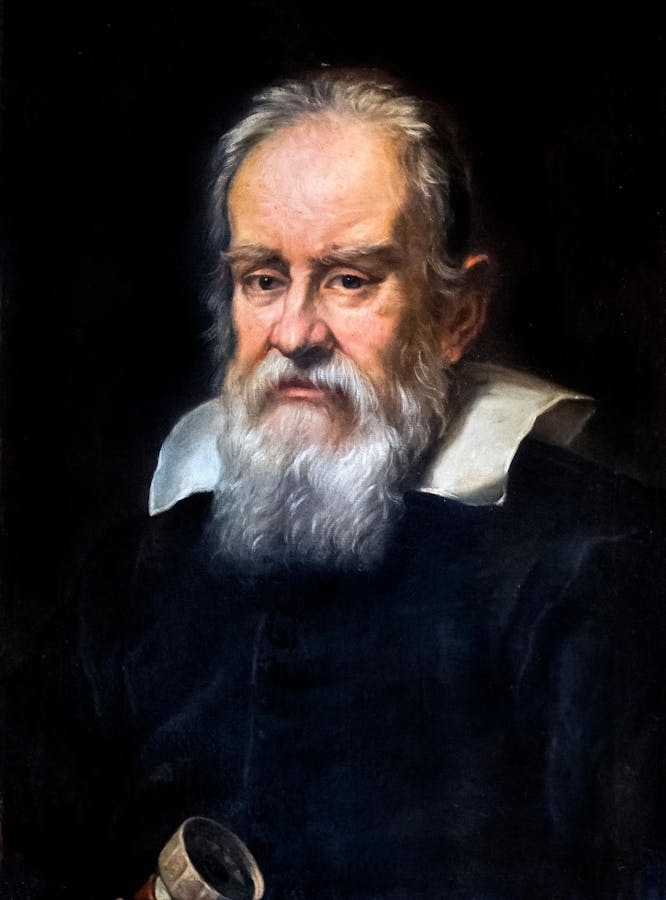
A portrait of Galileo Galilei from about 1635.
IanDagnall Computing / Alamy Stock Photo
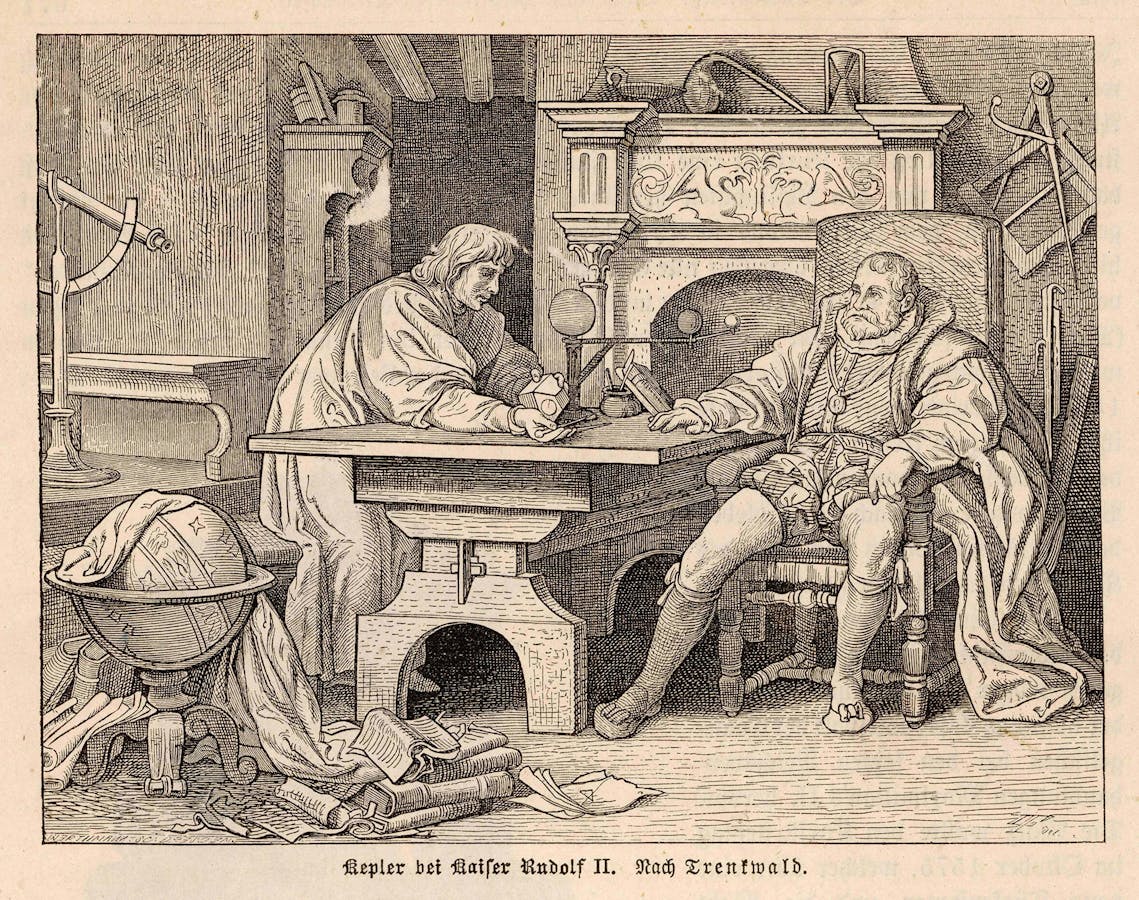
Johannes Kepler, depicted here leaning on a table and talking to Holy Roman Emperor Rudolf II, first described the motions of the planets around the sun as an ellipsis or oval shape.
Chronicle / Alamy Stock Photo
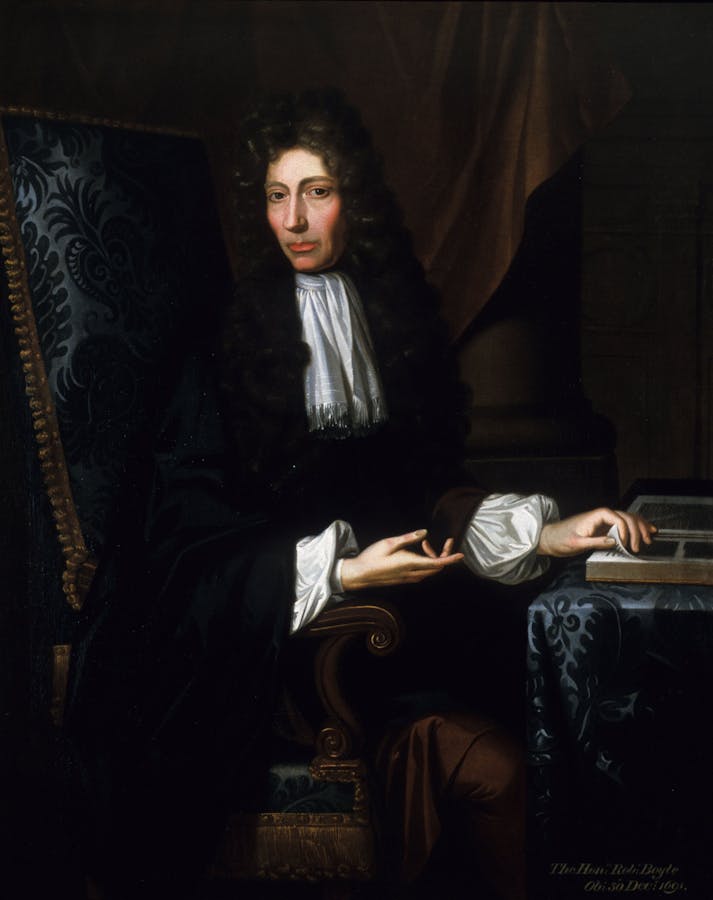
Robert Boyle is widely regarded as the founder of modern chemistry. This portrait of him was painted in 1689.
Science History Institute, Public domain, via Wikimedia Commons

The popular legend that an apple falling on Isaac Newton’s head prompted his theory on gravity is partially true. According to his 1752 biography, he observed an apple fall, which made him question why it went straight down.
Sir Isaac Newton. Line engraving after Sir G. Kneller, 1702. Wellcome Collection. Public Domain Mark.
Galileo Galilei, Johannes Kepler, Robert Boyle, and Isaac Newton were at the forefront of a new approach to science that placed new emphasis on experimentation and observation. They were also serious Bible students. Indeed, Boyle and Kepler considered themselves “priests of nature.”
Galileo Galilei is often remembered today for his conflict with religious authorities over his insistent support for Copernicus’s theory, which implied that certain biblical verses about astronomical phenomena needed new interpretations. While he was willing to challenge inherited ideas, he remained a loyal Catholic until his death in 1642.
Johannes Kepler was a pioneering astronomer and mathematician. However, he originally wanted to be a theologian. As he wrote to his former astronomy professor in 1595, “For a long time, I was troubled, but now see how God is also praised as well through my work in astronomy.” Kepler later developed the laws of planetary motion that described the orbits of the planets around the sun.
Robert Boyle was a groundbreaking chemist who wrote extensively on theological and biblical subjects. He marveled at nature’s orderliness, writing in 1688, the “Wise Author of Nature has so excellently Contriv’d the Universe, that the more Clearly and Particularly we Discern [its intricate construction] . . . the more Plainly we Discern the Admirable Wisdom of the Omniscient Author of Things.”
Isaac Newton was perhaps the culminating figure of the Scientific Revolution, developing the basic principles of physics. As he wrote in his great work, Principia Mathematica, published in 1687, the orderliness of the heavens “could only proceed from the counsel and dominion of an intelligent being.”









